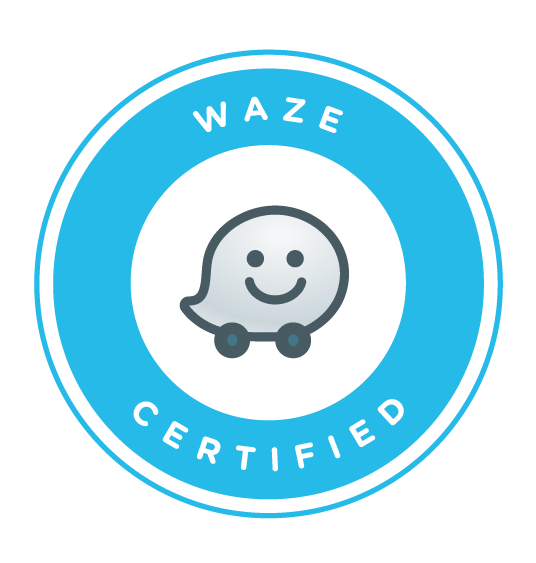
When writing a blog post your concentration should always be on the content and quality of what you are producing. You will be writing the post to attract new customers, excite your readers or express your expertise in a particular field. Taking time formatting your post will detract from achieving your goals. In this three part series I will take you through an easy way to write your posts without having to worry about HTML, the application you write with or spending unnecessary time reworking your post. In addition I will show you how you can publish a blog post to WordPress from virtually anywhere regardless of the platform you are using, as long as you have access to the Internet and email, your post can be published.
In the first part we are going to look at how you can write a post independent of platform or application and still have it in a format that could be used on the Web. To achieve this we use something called Markdown.
Markdown was invented by John Gruber, it provides an easy way to write, read and edit text without having to worry about complex HTML or the quirks of Microsoft Word and other word processing applications getting in the way. With Markdown you can write naturally and using easy to recall syntax, format your text as you type. The text remains easy to read and edit and and can be posted direct to the web.
So what does Markdown consist of? Let’s run through some basic syntax:
In HTML headings are referred to with the syntax:
<h1>Heading 1</h1>
<h2>Heading 2</h2>
<h3>Heading 3</h3>
and so on.
In Markdown:
# Heading 1
## Heading 2
### Heading 3
For bold and italic text:
**bold** instead of <b>bold</b>
*italic* instead of <em>italic</em>
Lists are very easy:
* list item
* another list item
* and another
Negating the need for:
<ul>
<li>list item</li>
<li>another list item</li>
<li>and another</li>
</ul>
Numbered lists are even easier to read:
1. item 1
2. item 2
3. item 3
My favourite time saver of all time is for links. Not only are these time consuming to type in HTML but easy to miss-type and hard to read in a long document. With Markdown links you can reference them all at the foot of the document.
[This is a link][link1]
[Another link][link2]
[This links to link 1 too][link1]
Then at the end of the document you would list all your links and references:
[link1]: http://link1.com
[link2]: http://link2.com
Here you can find a full list of the Markdown Syntax. For now have a play with it, see if you find it easier to use than HTML and in the next post I will show you how you can use Markdown in WordPress.
[Photo Credit: Ed Yourdon]





